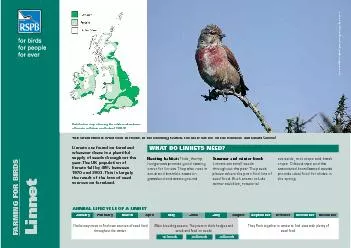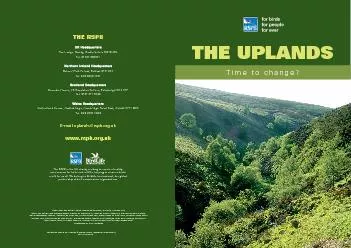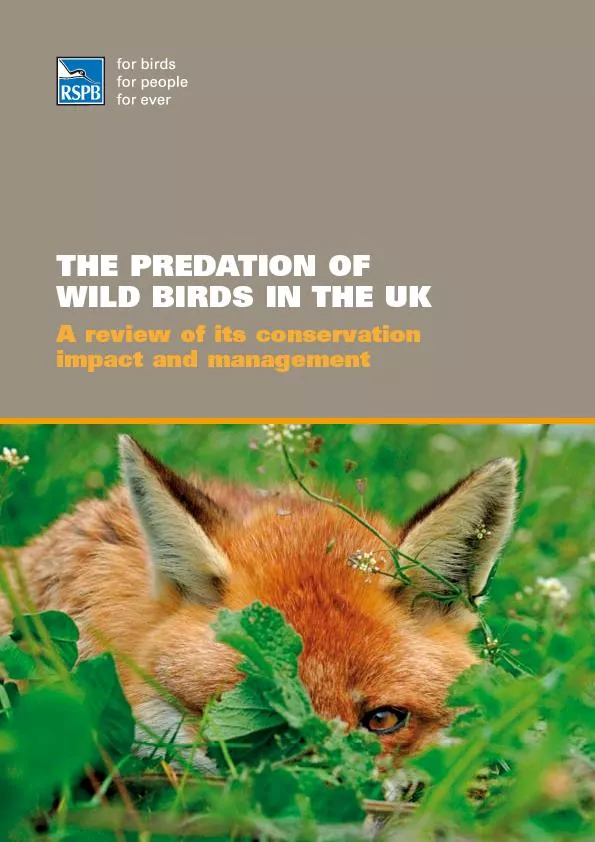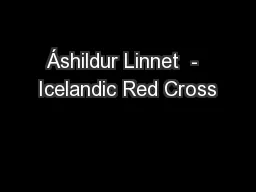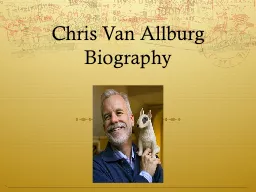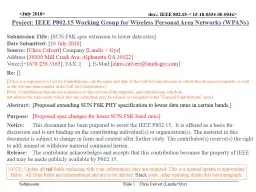PDF-Linnet by Chris Gomersall (rspb-images.com)
Author : calandra-battersby | Published Date : 2015-08-26
Linnets are found on farmlandwherever there is a plentifulsupply of seeds throughout theyear The UK population oflinnets fell by 48 between1970 and 2003 This is
Presentation Embed Code
Download Presentation
Download Presentation The PPT/PDF document "Linnet by Chris Gomersall (rspb-images.c..." is the property of its rightful owner. Permission is granted to download and print the materials on this website for personal, non-commercial use only, and to display it on your personal computer provided you do not modify the materials and that you retain all copyright notices contained in the materials. By downloading content from our website, you accept the terms of this agreement.
Linnet by Chris Gomersall (rspb-images.com): Transcript
Download Rules Of Document
"Linnet by Chris Gomersall (rspb-images.com)"The content belongs to its owner. You may download and print it for personal use, without modification, and keep all copyright notices. By downloading, you agree to these terms.
Related Documents

